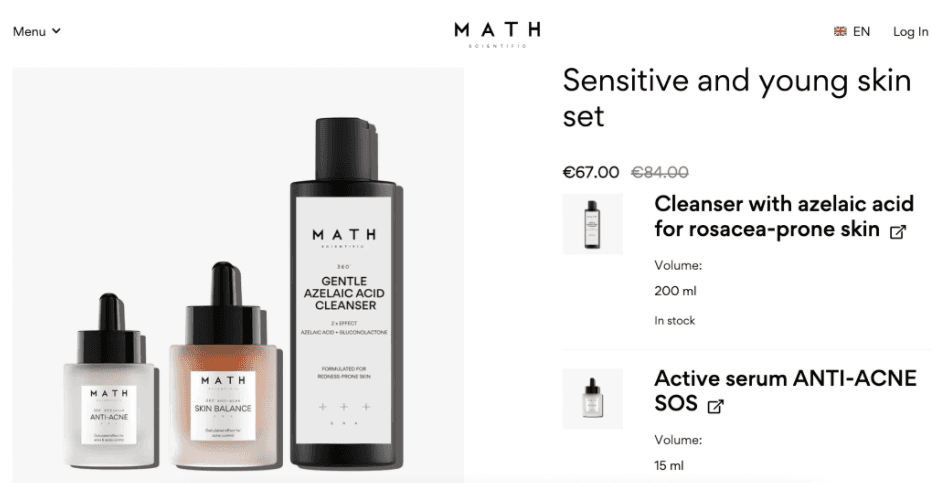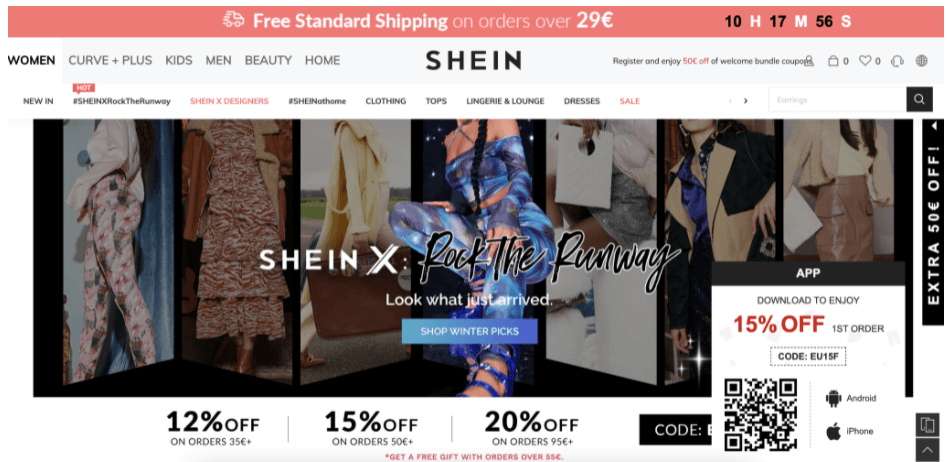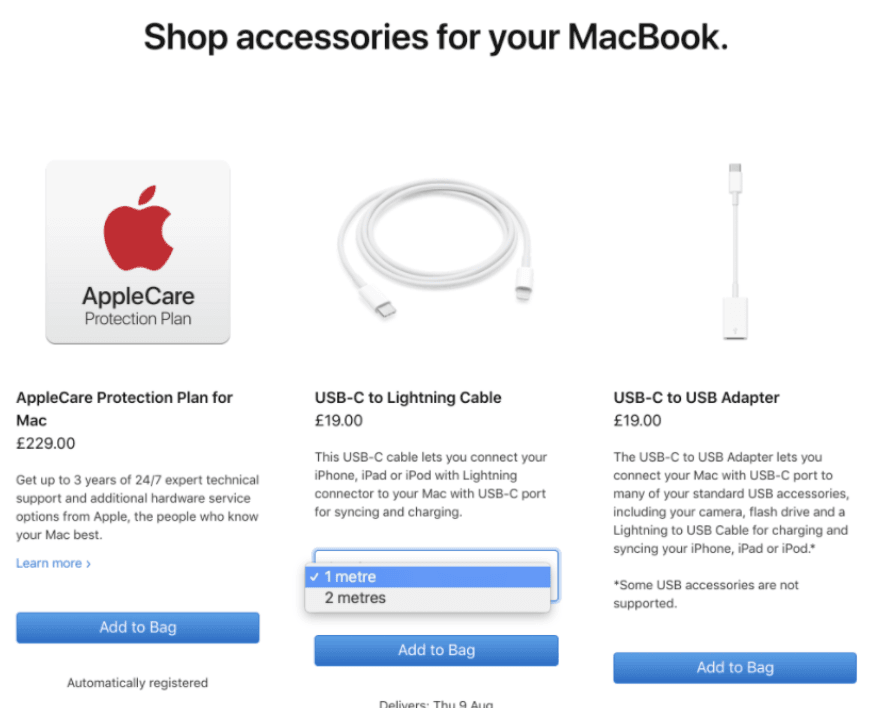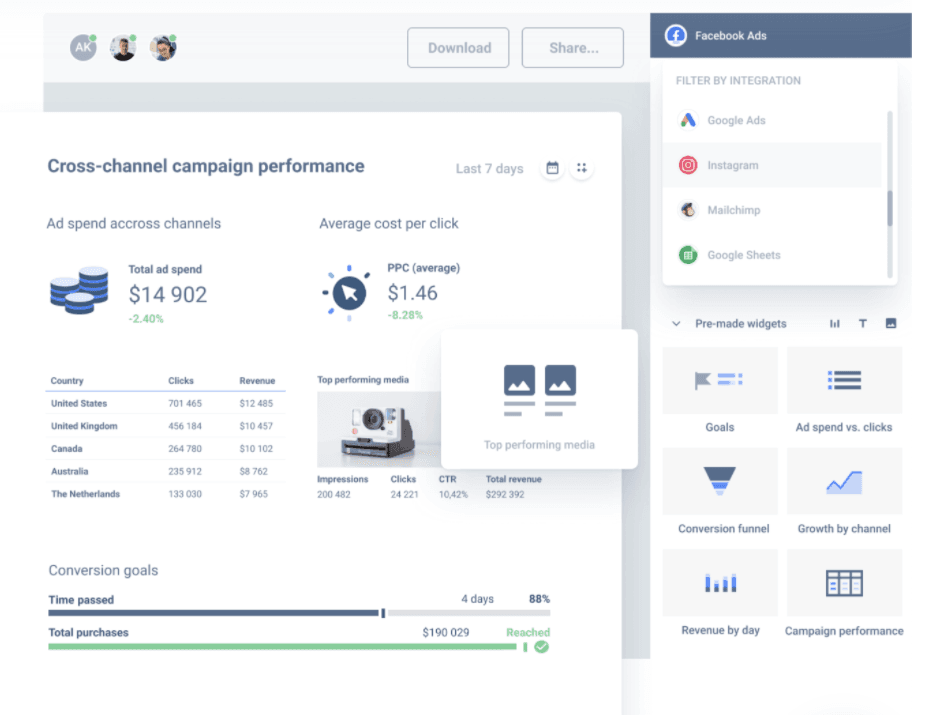Sell-through Rates: How Big Brands Are Increasing It
Learning about different metrics can be difficult. Understanding it is even harder. When it comes to sell-through rates, it’s best to learn by example. A few case studies from big companies will give you a clear insight into this vital metric.

Sep 27 2021 ● 8 min read

Sell-through rate definition
Sell-through rate (STR) is a metric, measuring the amount of sold inventory within a certain time period relative to the amount of inventory received within the same period.
What is a good STR?
It varies depending on the industry and a particular case. However, the general rule of thumb is that anything above 80% is excellent, while below 40% is concerning.
Why do businesses care about this metric?
This metric provides an overview of how well your inventory is managed. Business owners understand that having an excess of inventory results in a loss of profit. Key thing here is to have enough inventory to meet the demand. Failure to meet customer demand could cause even more damage to the business.
Sell-through rate also shows how fast a company sells a product during a given period. This data helps to then make adjustments to inventory management strategy and plan future orders accordingly.
Ways to recover low STR
Sell products in bundles
This is one of the most common and effective methods for increasing STRs. People prefer to buy in bulk. Consider the fast-food restaurant McDonald's. Happy Meals are one of their most popular orders. This not only increases their per-order revenue but also helps them move stagnant inventory, lower carrying costs, and generate more sales.
Takeaway? Introduce bundles to your audience.
Tip: Combine low-sell-through products with high-sell-through products and offer a discount. This way, you are selling unpopular products alongside popular ones in this manner.

One of the Math company's bundle options
Offer incentives for consumers
Offer discounts, free shipping, or additional samples. Provide convenience while also establishing an emotional connection with your customers. Convince and demonstrate to your clients how much you appreciate them choosing your products or services.
Look at how many benefits and discounts Shein is offering. As a result, they have now become the most downloaded shopping app in the US, surpassing Amazon.

Shein and its discounts
Try to upsell and cross-sell your products
You know how whenever you want to buy a phone, you are then ‘attacked’ with suggestions to buy a screen protector, phone case or headphones? This is what we call cross-selling.
And sometimes, when you have decided on a particular phone, you are kindly offered a phone with a bigger screen, or maybe a better camera, thus, a higher price? That’s upselling.
The most popular example of this kind of sales management is Apple. They offer more storage, better performance, more features and larger phones for a better experience. Of course, they charge more for that, but it appears to customers that they are paying for more value. These tactics are a part of upselling and cross-selling strategies. And, if you didn’t know, the iPhone is Apple's most popular product, selling 46.89 million units in the fourth quarter of 2018'. This means only one thing - their strategy is working.

Apple's upselling tactic
Takeaway? Influence your clients to buy higher-end products or upgrades.
Go multichannel
Promote your products on social and traditional media. List your products on as many marketplaces as possible. Be visible everywhere, so that customers can find your easily. Leverage multiple channels to connect with your clients on their favorite platforms and be ahead of your competition.
Make data-driven business decisions
A detailed report on trends and patterns can help you forecast demand more accurately. It will assist you in planning your inventory based on demand and achieving the highest possible sell-through rate.
For example, a merchant selling bikinis will most likely consider how many bikinis they sell during the summer season; when their sales peak and dip. After all of this consideration, the merchant will decide how much inventory he wants to keep.

Whatagraph's template
Final thoughts
There are numerous strategies and trends that you should follow. Unfortunately, covering them all will require us to write a book. The examples provided are the most doable and efficient. Focus on them and experiment with your methods. Track the performance of your campaigns and meet the demand of your customers.
Whatagraph makes it easy to track sales performance in a visually appealing way. Maintain a close focus on your sales, advertising performance, conversion rate, and revenue. It is now time to employ a visual analytics tool to assist you in increasing your sell-through rate.
Published on Sep 27 2021

WRITTEN BY
Dominyka VaičiūnaitėDominyka is a copywriter at Whatagraph with a background in product marketing and customer success. Her degree in Mass Communications/Media Studies helps her to use simple words to explain complex ideas. In addition to adding value to our landing pages, you can find her name behind numerous product releases, in-app notifications, and guides in our help center.